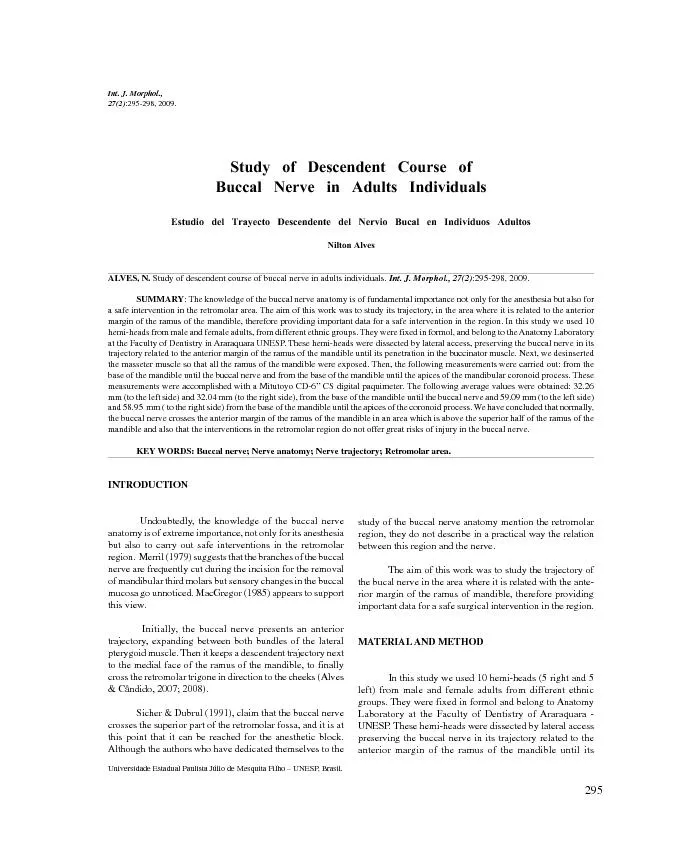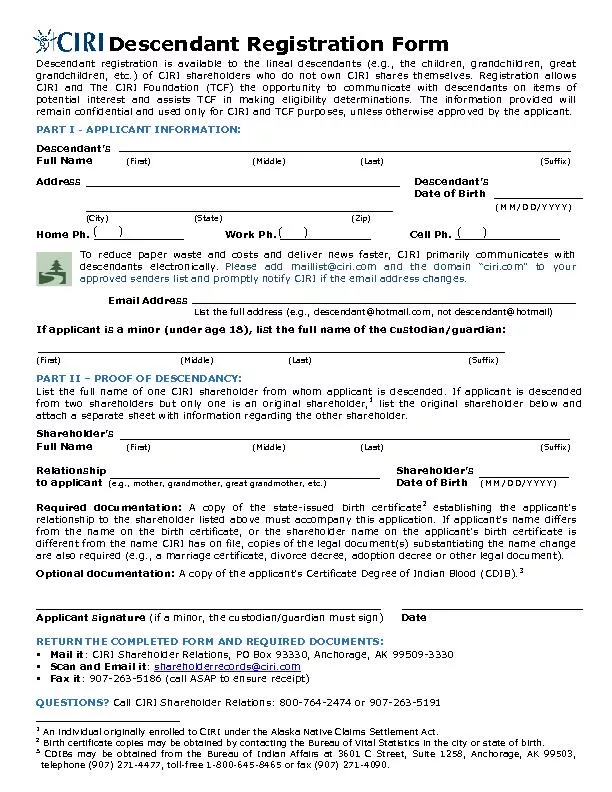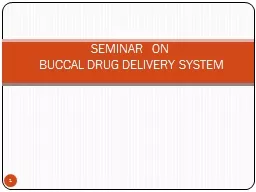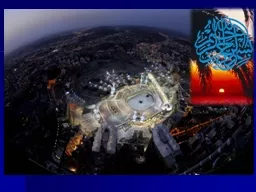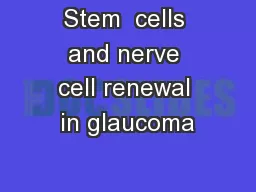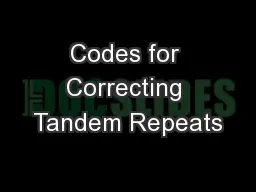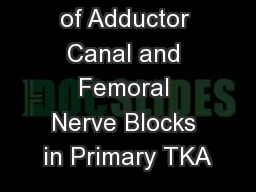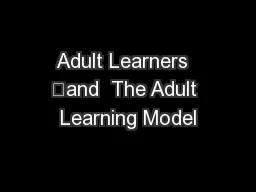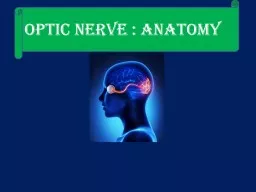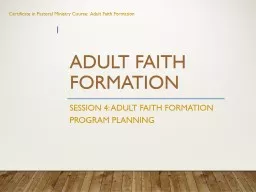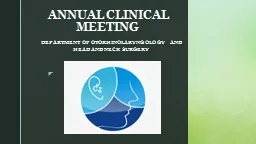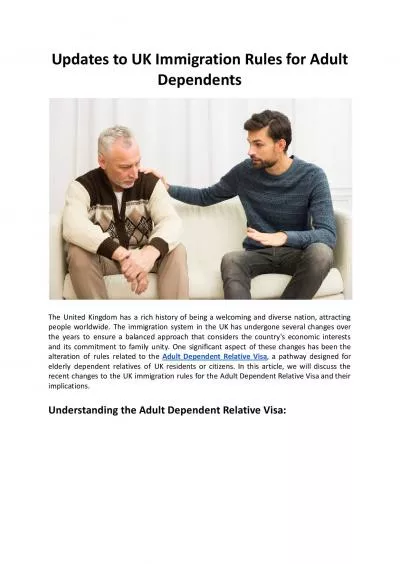PDF-Study of descendant course of buccal nerve in adult individuals
Author : alida-meadow | Published Date : 2017-04-08
296 mandible could be exposed Then the followingCS digital paquimeterRESULTS The values obtained in the left side hemiheads areshown in Table I The average distance
Presentation Embed Code
Download Presentation
Download Presentation The PPT/PDF document "Study of descendant course of buccal ne..." is the property of its rightful owner. Permission is granted to download and print the materials on this website for personal, non-commercial use only, and to display it on your personal computer provided you do not modify the materials and that you retain all copyright notices contained in the materials. By downloading content from our website, you accept the terms of this agreement.
Study of descendant course of buccal nerve in adult individuals: Transcript
Download Rules Of Document
"Study of descendant course of buccal nerve in adult individuals"The content belongs to its owner. You may download and print it for personal use, without modification, and keep all copyright notices. By downloading, you agree to these terms.
Related Documents

